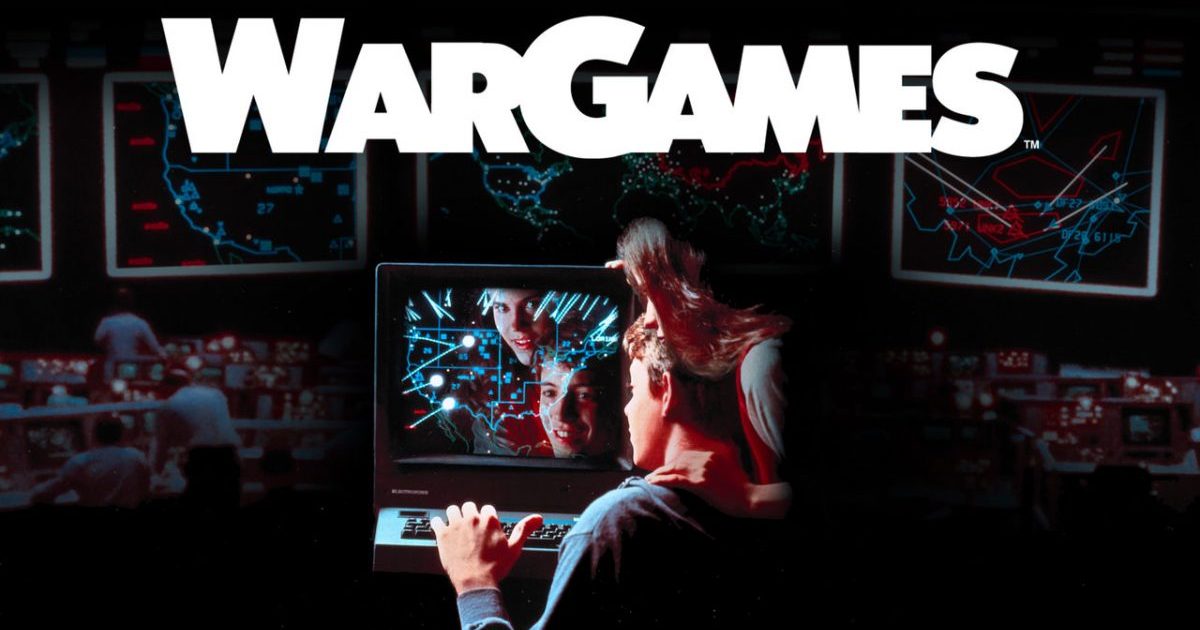After World War II, the Cold War saw tensions rise around the world as weapons – deadlier than ever – were mass-produced and stockpiled. Millions were worried that, with the slightest spark, World War III would devastate the planet at any moment.
In 1983, WarGames was released and capitalised on these fears, showing how one young man’s hacking had the potential to cause world conflict, but with a goofy through-line that’s made it an absolute 80s classic. Here are our favourite facts behind a film that still captures our imaginations to this day.
20. Matthew Broderick had arcade machines installed in his home to ‘practice’ for the role

Matthew Broderick was barely 20 years old when filming WarGames, as was Ally Sheedy, and almost everyone of that age today is obsessed with video games. But it’s easy to forget that digital gaming was only just beginning to make its mark in the early 80s, and Matthew Broderick was a little behind the curve.
[rtk_adunit_top]
Broderick’s character in WarGames, David Lightman, is meant to be a hacking savant, more au fait with these newfangled computers than his studies at school, and more interested in impressing a girl than working hard. But prior to filming, Broderick barely knew a thing about computers.
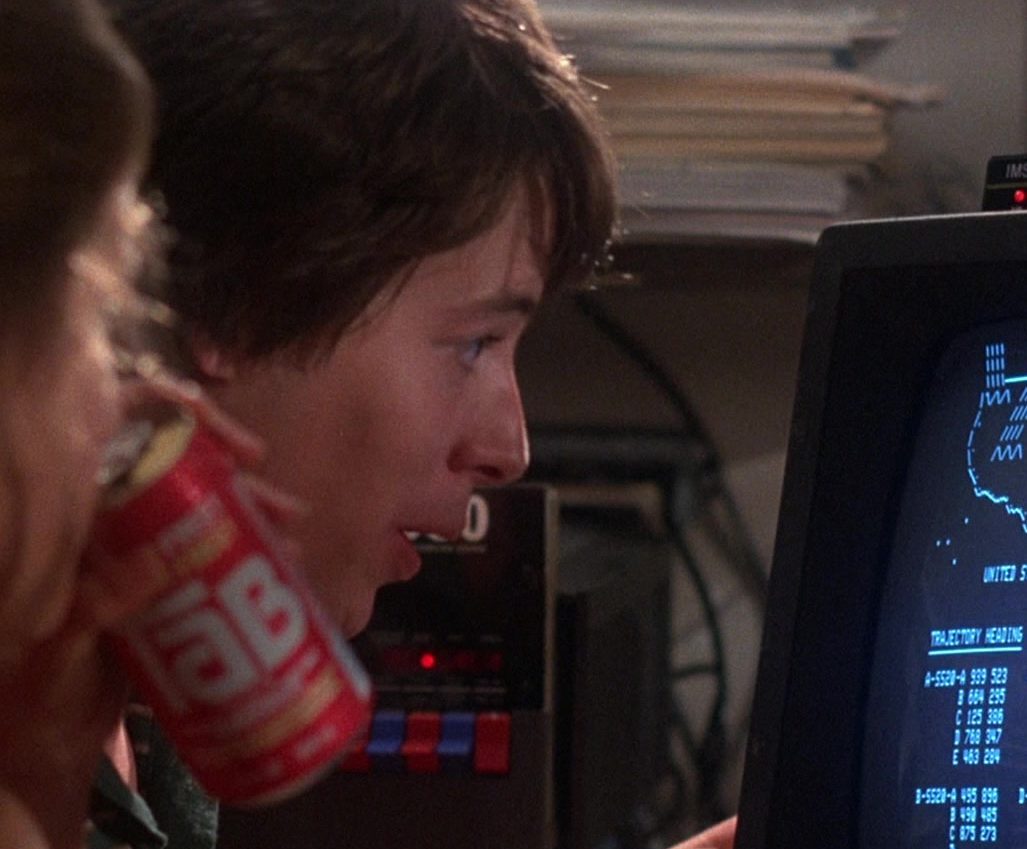
Luckily, the producers for WarGames had a solution: they had classic arcade machines installed in Broderick’s home, so he could practice for the gaming sequence at the beginning of the film.
[rtk_adunit_middle]
Broderick mostly played the games we see in the film, like the 1979 Space Invaders-style classic Galaxian, and its famous 1981 upgrade: Galaga.
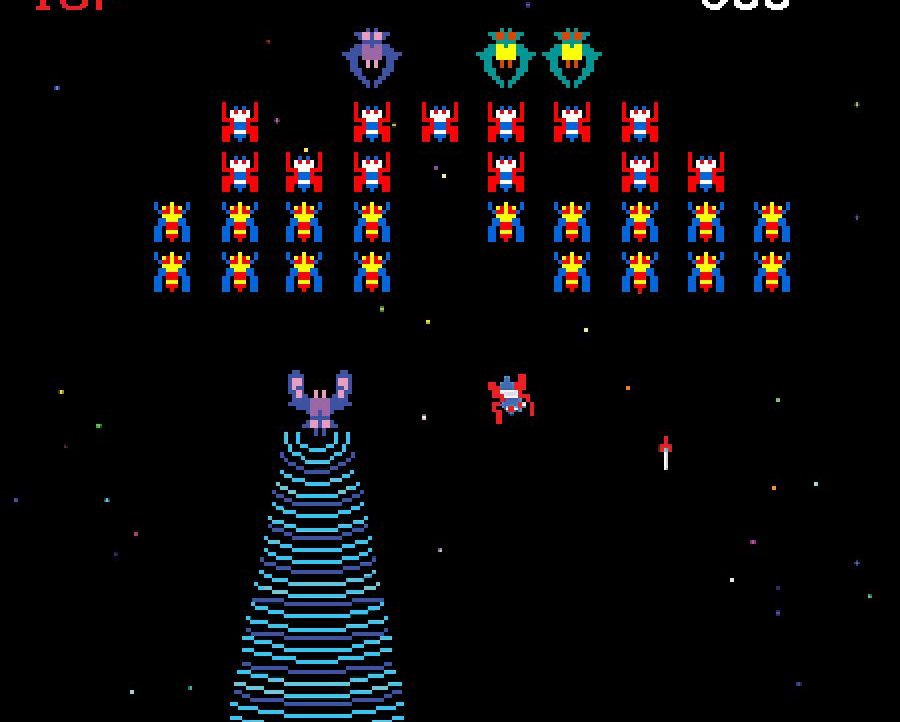
Broderick took to using a computer so well that he managed to save a day of production, after he successfully rebooted a malfunctioning computer with the knowledge he’d gleaned.
[rtk_adunit_bottom]
19. The film popularised the term ‘firewall’
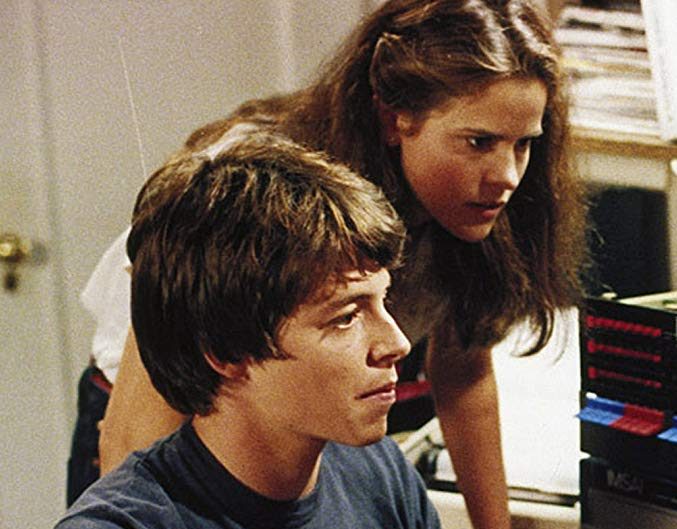
It seems like hacker films are a dime a dozen nowadays, and the term ‘firewall’ is considered one of the less remarkable items of the subgenre’s vocabulary. But did you know that WarGames was the first to ever make reference to one on film?
[rtk_adunit_top]
The origins of the term are fairly self-explanatory, referring to a literal wall that prevents the spread of fires, later used to explain the separation of engines and other combustive elements from passenger areas in planes.

It was only in the late 80s, however – long after the release of WarGames – that the term really took off in the digital world. Even then, network security was typically ensured through the use of separate routers.
[rtk_adunit_middle]
So it’s remarkable that WarGames ended up being such a pioneer for the use of the term on film, occurring even before one of the landmark papers on firewall technology was published in 1988 by the Digital Equipment Corporation.
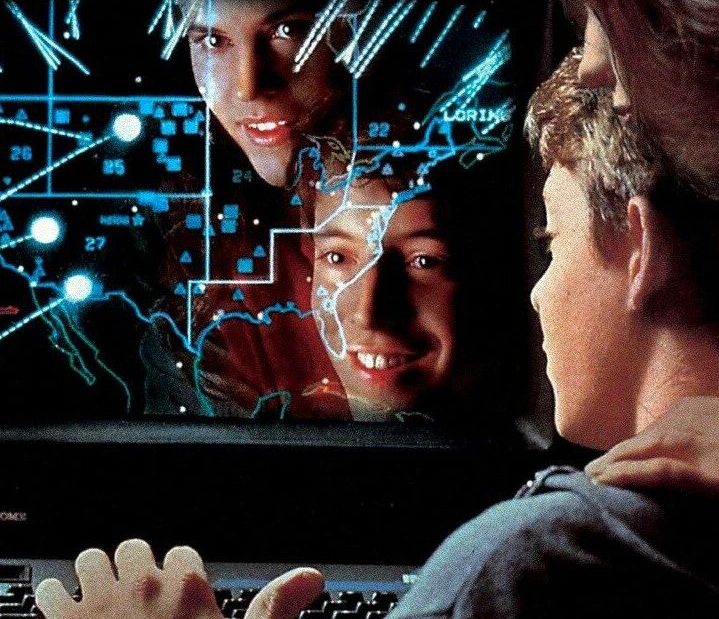
It’s likely that the word ‘firewall’ caught fire in Hollywood because of the ease with which it can be visualised, in a digital realm that can prove so hard to capture on film.
[rtk_adunit_bottom]
18. The film inspired Congress to update its Computer Fraud Act

Following the release of WarGames, the United States Congress was inspired to create and keep up to date the Computer Fraud and Abuse Act (CFAA) of 1986. The movie was even referenced when the act was announced.
[rtk_adunit_top]
Four minutes of footage from WarGames were shown when the initial report was submitted, namely the scene in which Lightman is able to access confidential military servers simply by dialling numbers from home. This, for the writers of the report, was “a realistic representation of the automatic dialling and access capabilities of the personal computer.”
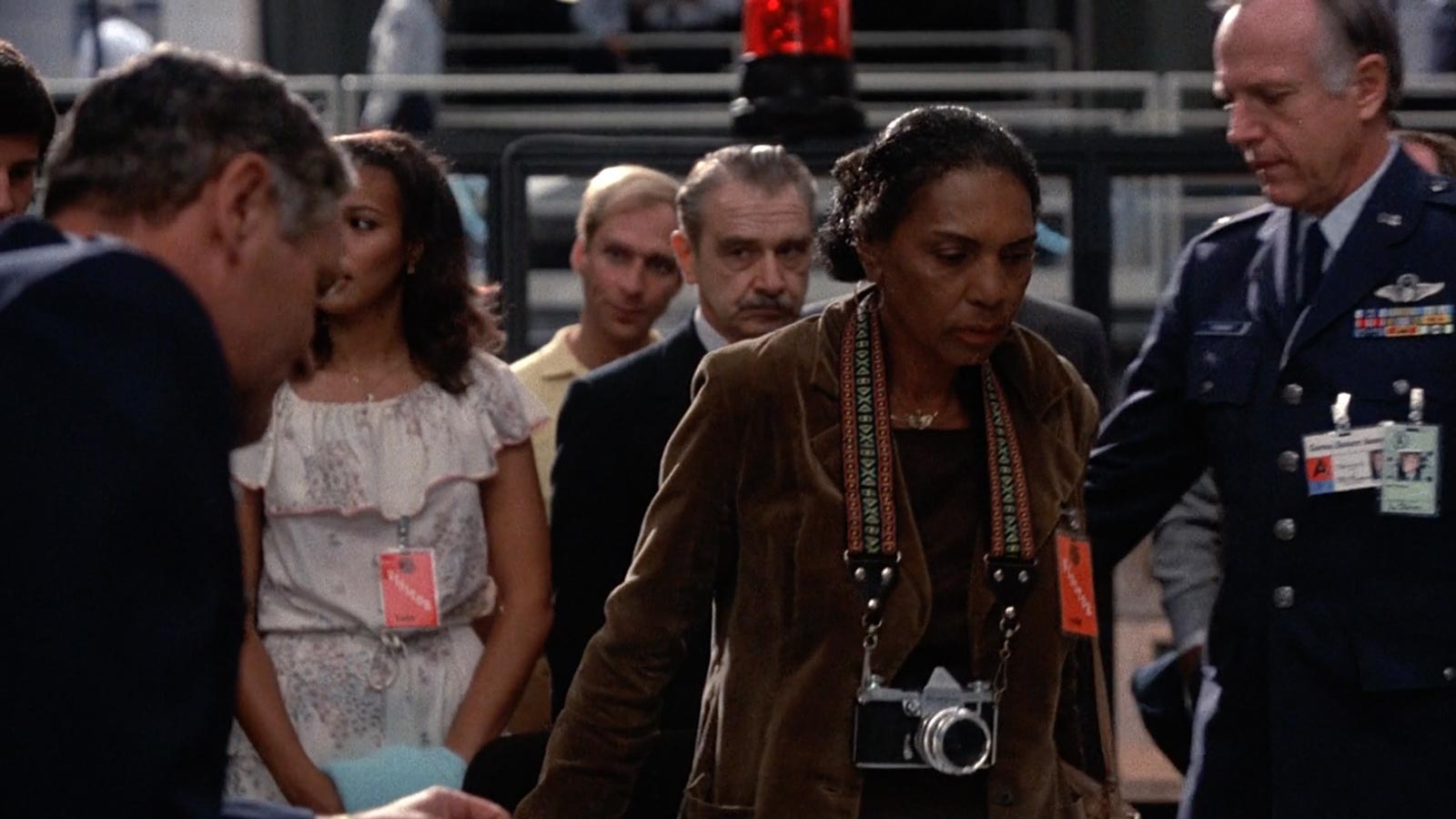
The CFAA was a landmark bill in terms of extending the reach of the law to intangible digital property, and theoretically limiting federal jurisdiction in these areas to government property.
[rtk_adunit_middle]
The bill has subsequently been amended several times as technology and the capabilities of home computing have snowballed in the past two decades, and was most notably changed to bring its regulations into alignment with the USA Patriot Act of 2001, the political response to the September 11th attacks.
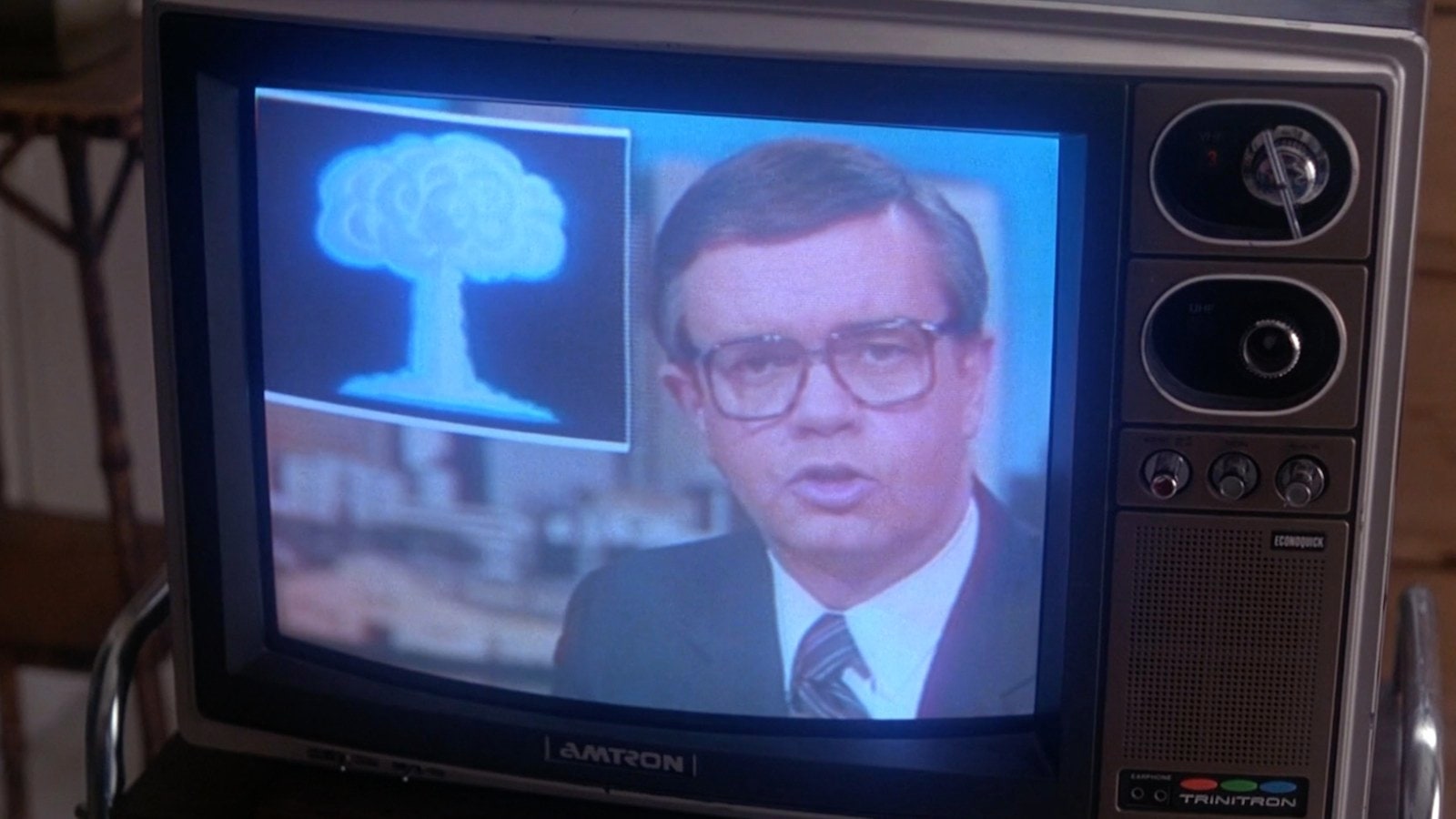
It’s since come in for criticism after President Obama aimed to expand its powers in 2015, with technology writer Tim Wu concerned that its purview is beginning to impeach upon net neutrality (meaning, the ability to freely access the internet without restrictions by corporate and financial interests).
[rtk_adunit_bottom]
17. The crew can be heard laughing at a Broderick ad-lib in one scene
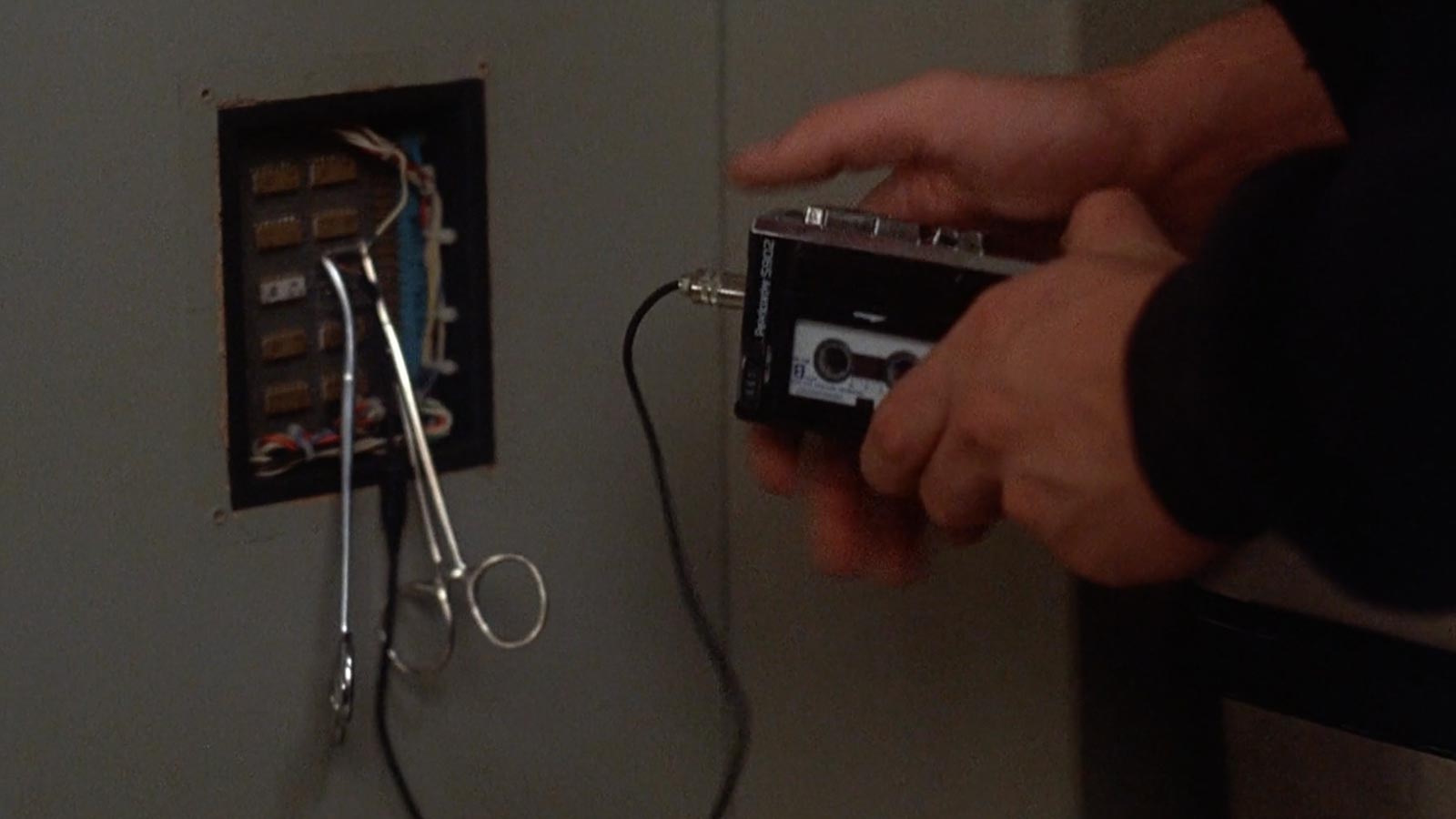
Matthew Broderick is still best known for his role in the iconic truancy comedy Ferris Bueller’s Day Off (1986), which came a mere three years after his breakout role in WarGames. So it’s no surprise that Broderick was in his comedic prime on WarGames, even making the crew burst into laughter.
[rtk_adunit_top]
Lightman’s quip about asexual reproduction is one of his first character-establishing moments, and it signals to the audience that – while this might be a film that touches on serious fears and the potentially dour world of cybersecurity – WarGames is meant to be fun.
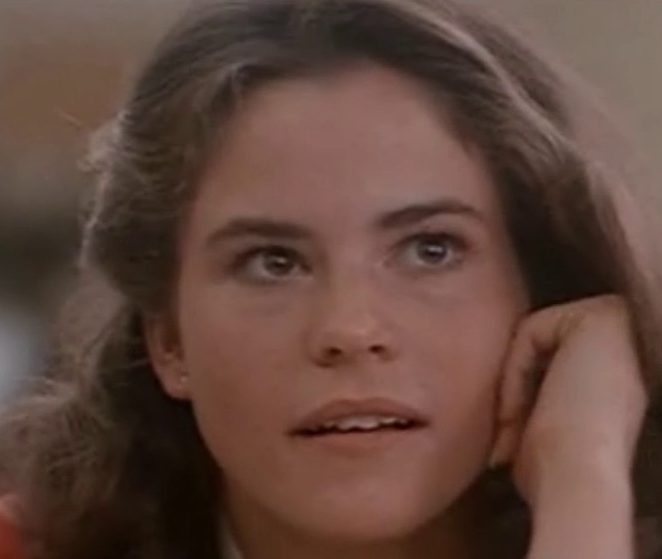
“Now,” says Lightman’s teacher, Mr Liggett, “there seems to be a lot of confusion on this next question: asexual reproduction. Could someone tell me please who first suggested the idea of reproduction without sex?”
[rtk_adunit_middle]
Lightman whispers something to Jennifer (Ally Sheedy), who laughs. Liggett calls on him to respond, and then comes the immortal, irreverent joke: “Umm… Your wife?”
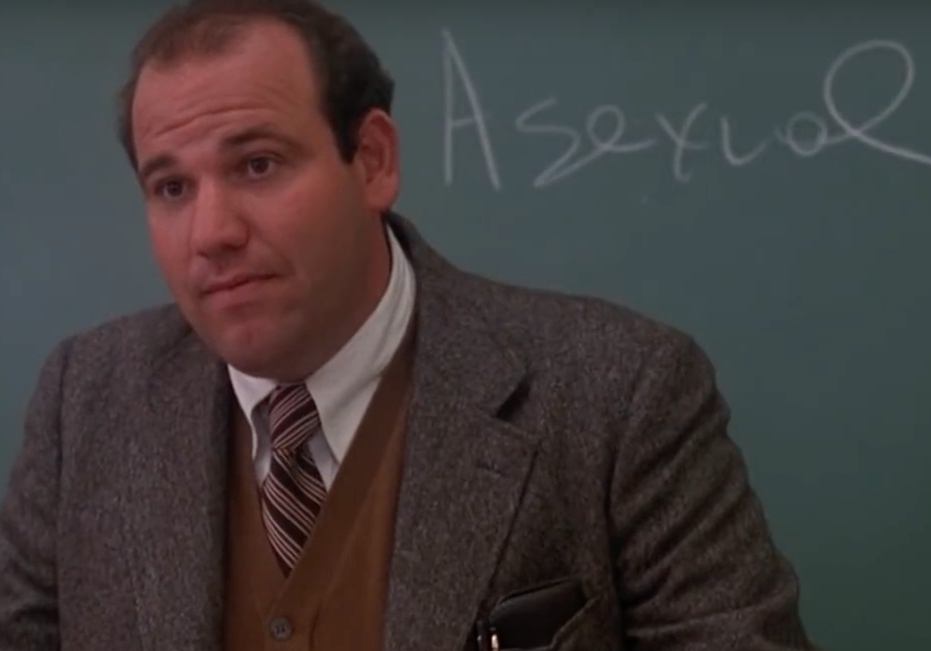
The class erupts into laughter, but if you listen closely you can hear some older voices giggling in the background. That’s because the crew didn’t know the punchline was coming, and couldn’t resist Broderick’s droll delivery.
[rtk_adunit_bottom]
16. Stephen Hawking turned down an offer to star in the film

Talk to anyone working in cybersecurity these days, and you’d struggle to find anyone who hasn’t seen WarGames.
[rtk_adunit_top]
Interestingly, the original incarnation of WarGames, back in the earliest days of its development, had nothing to do with cybersecurity. In fact, it very little to do with technology at all – the film was initially going to be about Professor Stephen Hawking.
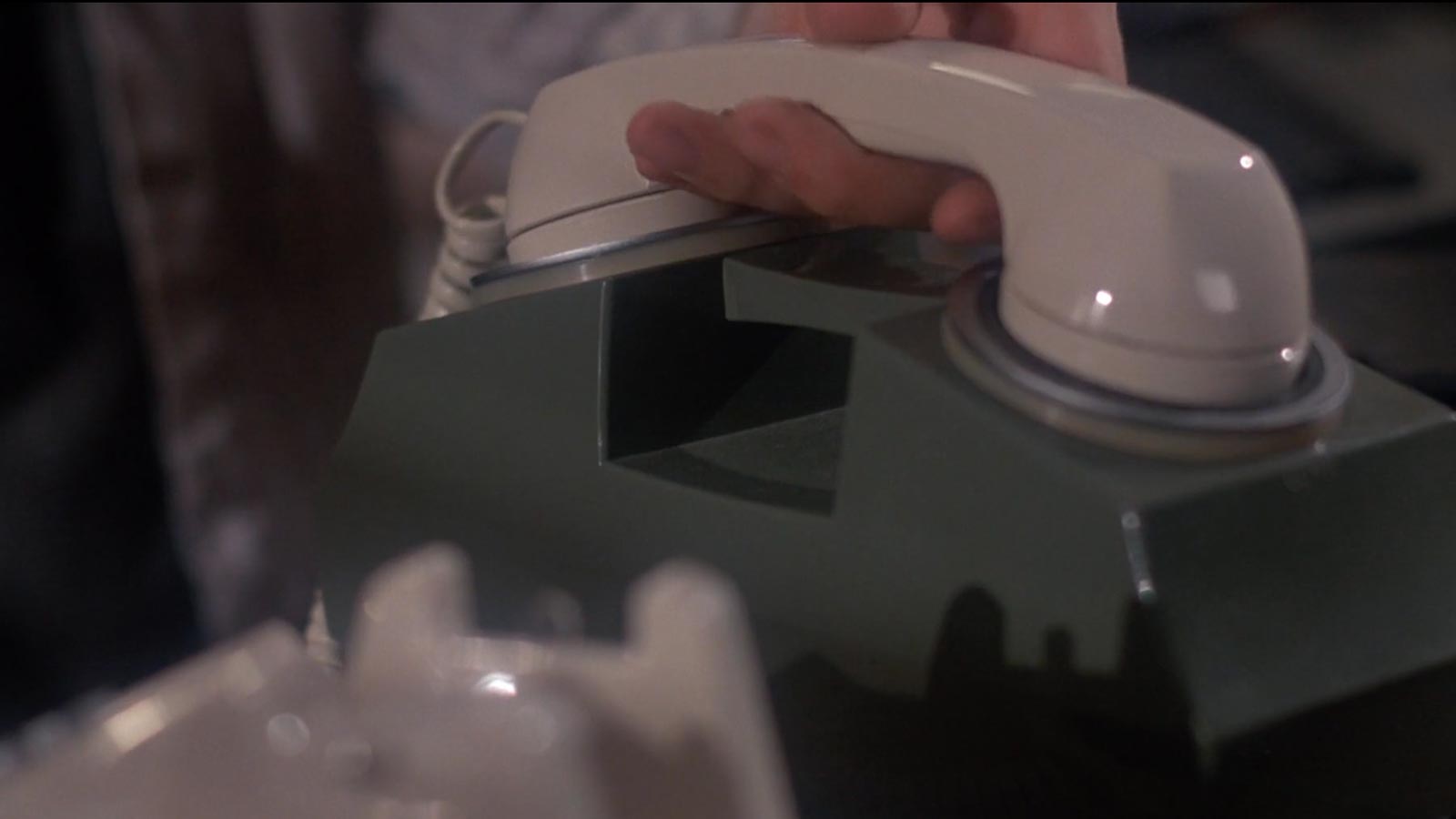
“For me,” said screenwriter Lawrence Lasker in a 2008 Wired article, “I found the predicament Hawking was in fascinating — that he might one day figure out the unified field theory and not be able to tell anyone, because of his progressive ALS.”
[rtk_adunit_middle]
“So there was this idea that he’d need a successor,” Lasker continues. “And who would that be? Maybe this kid … so I said, let’s actually go talk to people about how a kid could get in trouble and get discovered by a brainy scientist and take it from there.” The film was originally going to be called The Genius.
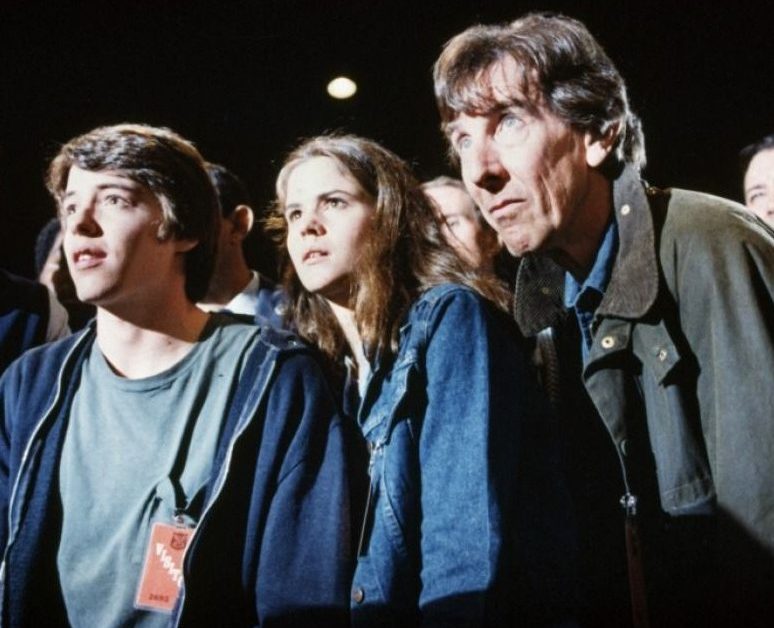
Even after the part was rewritten to more closely resemble John Wood’s Dr Stephen Falken, Hawking was still invited to play the part. However, he turned it down due to concerns the film would profit from his disability.
[rtk_adunit_bottom]
15. Beringer is based on the real NORAD chief at the time
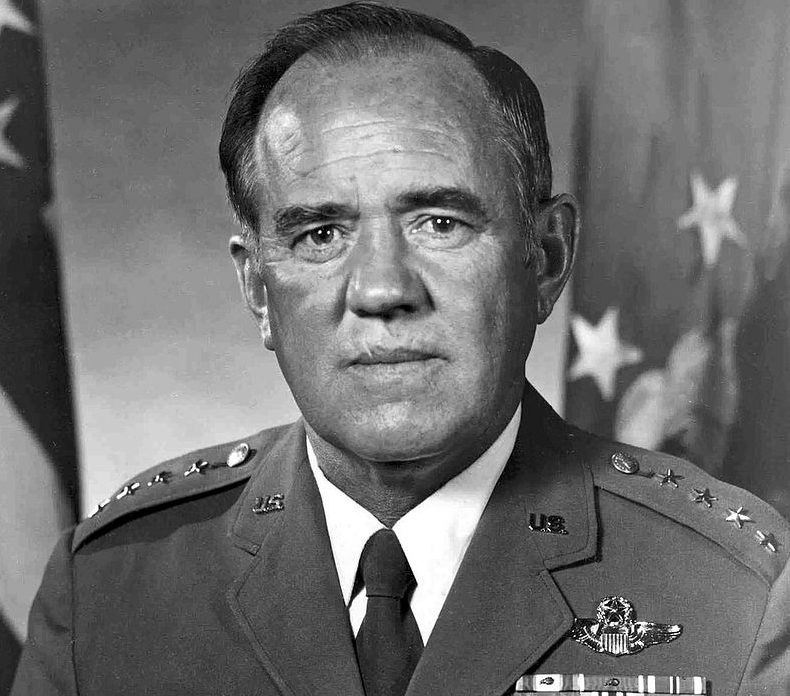
When Lasker and Walter F Parkes, his co-writer, settled on the theme for WarGames, they went on a tour of NORAD (North American Aerospace Defense Command) to explore how it might work as a setting for the film’s climax. But they ended up getting more than they bargained for.
[rtk_adunit_top]
“As we’re walking back to the bus,” recounts Lasker, “James Hartinger [the chief of NORAD] walks up between me and Walter and plants a hand on the back of our necks: ‘I understand you boys are writing a movie about me!’ he says.”

On being told that the film was about machines taking over serious agendas like the military, Hartinger reportedly said “God damn, you’re right! I sleep well at night knowing I’m in charge [and not computers].” And so, the screenwriting duo decided that Beringer would be the basis for the NORAD chief in their film.
[rtk_adunit_middle]
Hartinger was the first recipient of the Master Space Badge, awarded to servicemen who completed space and missile training, and had been on the forefront of the fight for and against the rise of technology in military operations.

In the film, Barry Corbin improvises most of his Beringer lines with Hartinger as his inspiration, aiming to capture the man’s aggressive energy and determination on the set.
[rtk_adunit_bottom]
14. The writers did so much research into hacking they wrote a whole other film

To make sure the film was as accurate as possible, writers Lawrence Lasker and Walter F. Parkes made friends with hackers and security experts, doing so much research they went on to write another movie with the knowledge they picked up: Sneakers (1992).
[rtk_adunit_top]
Sneakers sees Robert Redford establish a rag-tag gang of ‘sneakers’ – a now defunct term for hackers – who are blackmailed by the US government into stealing a piece of technology that has the ability to hack into every company in the world.
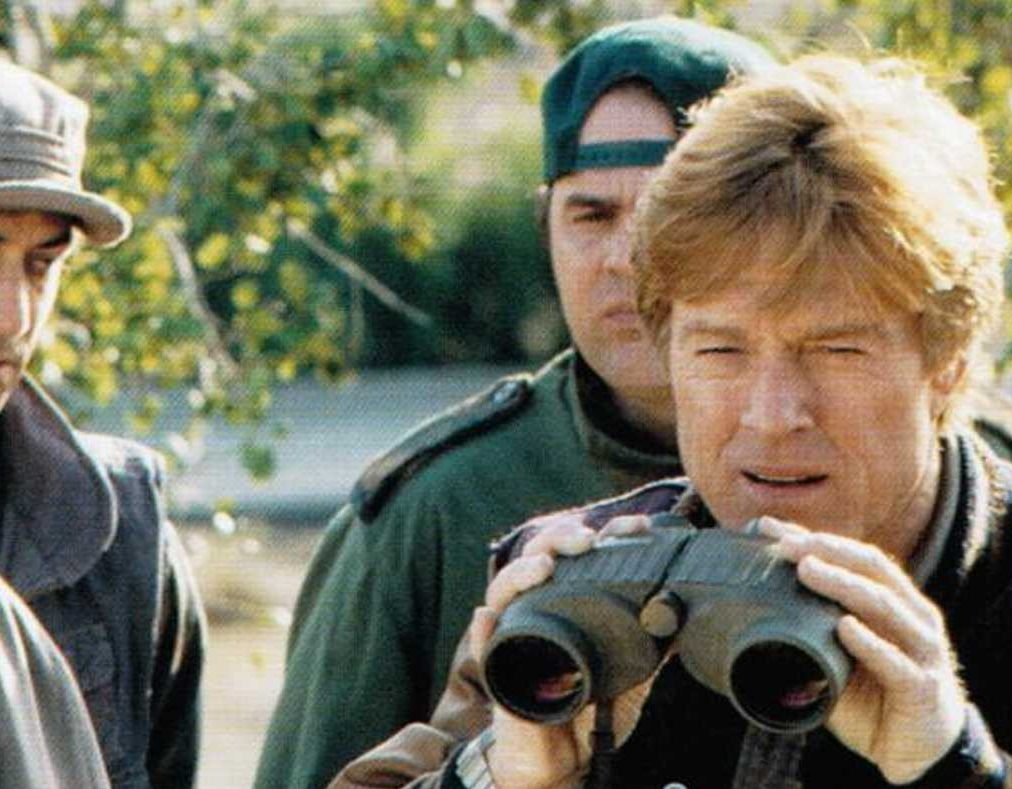
Originally pursuing a company called ‘Setec Astronomy’, thought to be a front for the Russian government, Redford is shocked to discover that ‘Setec Astronomy’ is actually an acronym of ‘too many secrets’.
[rtk_adunit_middle]
Lasker and Parkes had originally conceived the idea for Sneakers while developing WarGames in 1981, with over a decade passing before the film would eventually release.
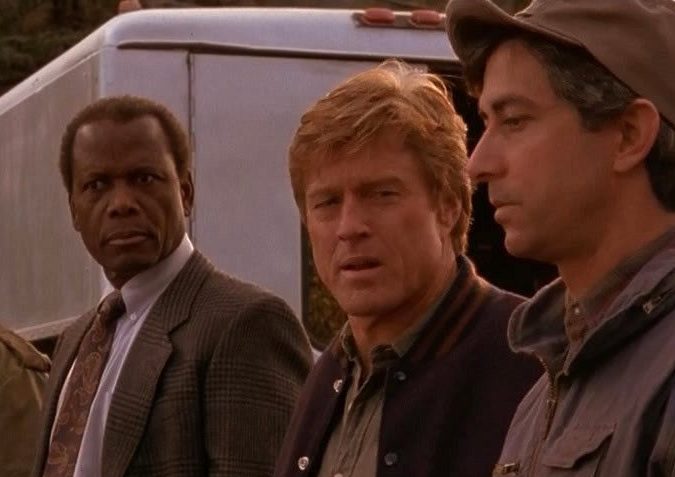
However, that 11 years wasn’t long enough for the cast and crew. In fact, it seems that everyone involved in Sneakers had the time of their lives: “‘I can’t remember having so much fun on a movie,’ wrote actor Stephen Tobolowsky for Slate.
[rtk_adunit_bottom]
13. The actors couldn’t even type on the computers

In another example of WarGames really tackling themes that were ahead of its time, the team behind the film had to take some special measures to ensure their shoot went off without a hitch.
Matthew Broderick plays a high school student with a precocious knowledge of computing; when he’s picked up by the FBI and eventually arrives at NORAD, we’re meant to believe that he’s in a room with the best of the best – but it turns out that these ‘computer scientists’ couldn’t even be trusted to type properly!
[rtk_adunit_top]
Since it was the early 80s, many of the actors were inexperienced with computers, and their typing was far from fluent. Early shots were riddled with slow typing and spelling mistakes as the supposed computer geniuses failed to use the technology on cue.

In order to solve this issue, the team applied scripts on the computer to circumvent the thick-fingered actors entirely: regardless of which keys they pressed, the correct letters would be displayed on the screen.
[rtk_adunit_middle]
Of course, nowadays most people are fluid enough with keyboards in order to type convincingly, but WarGames was simply made too early to portray a government nerve centre in the way we might be used to today!
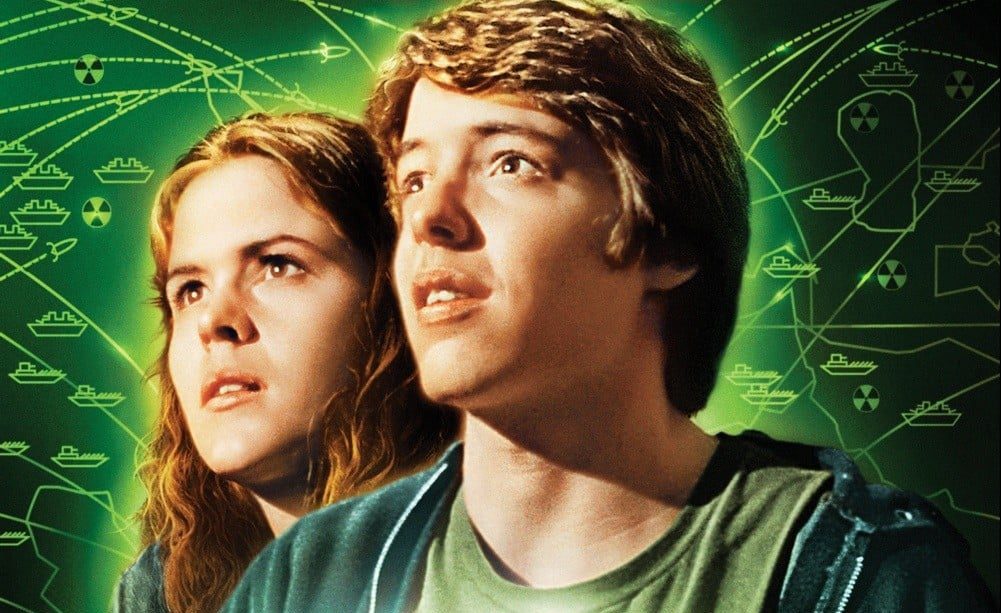
So the next time you’re watching WarGames – and maybe this article will inspire you – keep an eye on exactly what the actors’ hands are doing!
[rtk_adunit_bottom]
12. The film is still referenced by hackers today

It’s almost become a film cliché: a general looks solemnly at a display, then at a clock, and says: “take us to DEFCON 1.” Referring to the alert state that signifies how close the United States is to all-out war, it seems like this has been a part of cinema for many decades.
[rtk_adunit_top]
In fact, even by the Cold War-addled 80s, the term hadn’t quite crossed into popular use. DEFCON featured prominently in the 1964 thriller Fail Safe, but it wasn’t until WarGames that the use of the term in lay speech really took off.

In honour of this detail, and the film as a whole, the hacking convention DEF CON has been running since 1983. Along with the usual conference fare of speeches, business ventures and merchandising, the conference features its own ‘wargames’.
[rtk_adunit_middle]
These consist of hacking challenges, often with fairly abstract goals: to create the world’s longest Wi-Fi connection, or to cool a beer in the summer sun.

Originally, hackers were persecuted by the authorities (and still often are); DEF CON, however, is attended by a range of FBI, CIA and NSA officials – and not just to bump up their arrest numbers!
[rtk_adunit_bottom]
11. At the time, the NORAD set was the most expensive one ever built for a film
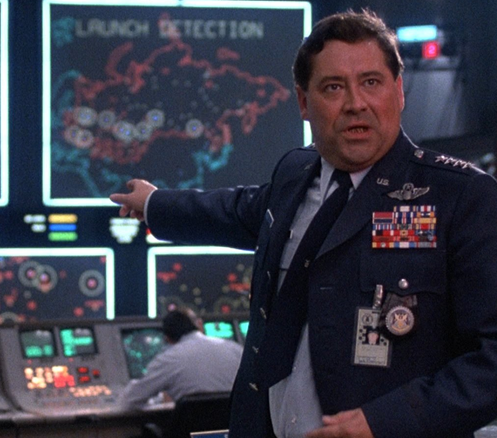
WarGames was made on a relatively small budget, of just $12 million – and yet, amazingly, it used the most expensive set that had ever been made to date.
[rtk_adunit_top]
The NORAD command centre cost a hefty $1 million to make, accounting for more than 8% of the film’s total budget. So it makes sense why this fugitive-cum-heist-cum-adventure film suddenly becomes very grounded in the NORAD centre towards the end of the film!

The set was regarded as a technical marvel, displaying live footage while shots were being filmed, in a colour array even more advanced than the monitors at the real NORAD.
[rtk_adunit_middle]
According to William Lorde, then commander of the Air Force Cyberspace Command (which is a real place unrelated to Buzz Lightyear), “A few years later [after consulting for the film], I was a… stationed at Norad near Cheyenne Mountain. And I’m wondering, ‘Gee, where can we get such cool-looking displays?’ It was a good forcing function. It required us to all of a sudden say, ‘If it really can look like this, why doesn’t it?'”
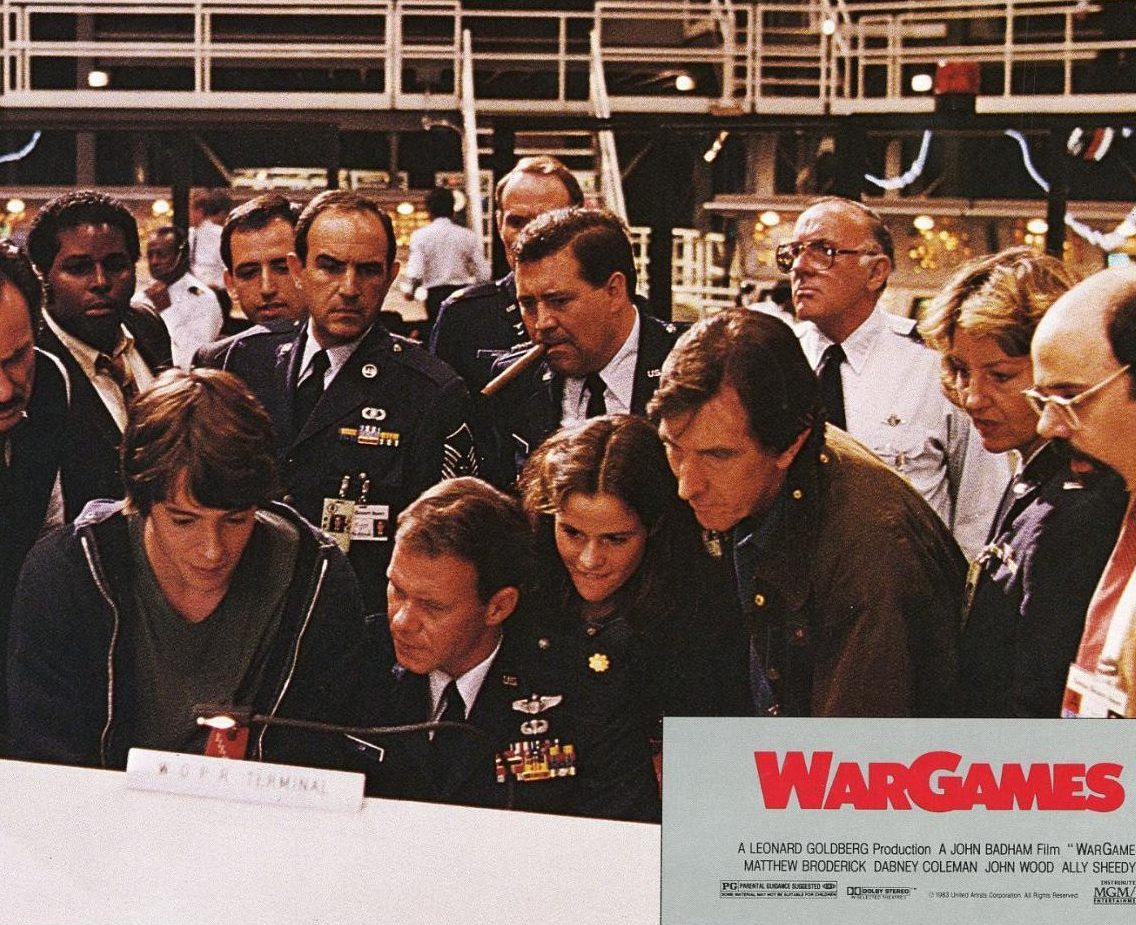
For their construction of the set, and in particular the monitors, the film won an Academy Award for Scientific and Technical Innovation.
[rtk_adunit_bottom]
10. John Lennon nearly starred

It’s not uncommon for filmmakers – particularly screenwriters – to have some interesting ideas about who should star in their films. And from Dolly Parton bringing the workplace comedy 9 to 5 (1980) to life, and Whitney Houston starring in The Bodyguard (1992), cinema is rife with musicians crossing over to the silver screen.
[rtk_adunit_top]
Often, however, these pie-in-the-sky ideas are shelved in favour of more established stars. Not so with WarGames, with the creative team intent on getting former Beatle John Lennon into their production.

After being rebuffed on their Stephen Hawking idea, Parkes and Lasker were keen to add a different kind of star power to their film. “We always pictured John Lennon [for Falken],” said Parkes, “because he was a kind of a spiritual cousin to Stephen Hawking.”
[rtk_adunit_middle]
The duo managed to get in touch with Lennon, and he was apparently interested in starring. They were even rewriting scenes with Lennon in mind, inspired by his face on the November 1980 cover of Esquire.
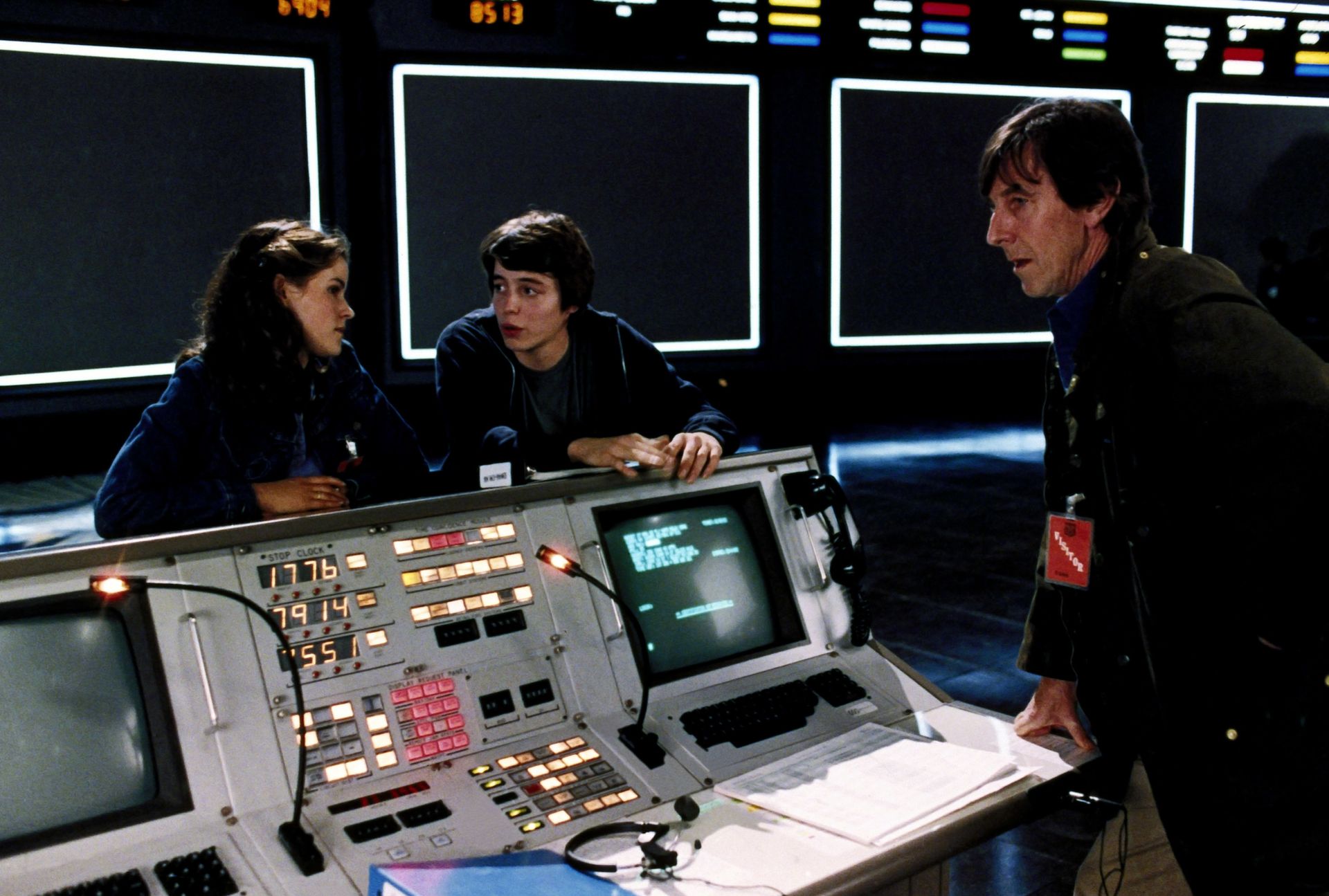
At that moment, recalls Lasker, a friend called and gave him the news: John Lennon had been shot and killed in New York.
[rtk_adunit_bottom]
9. Martin Brest was the original director – and got fired
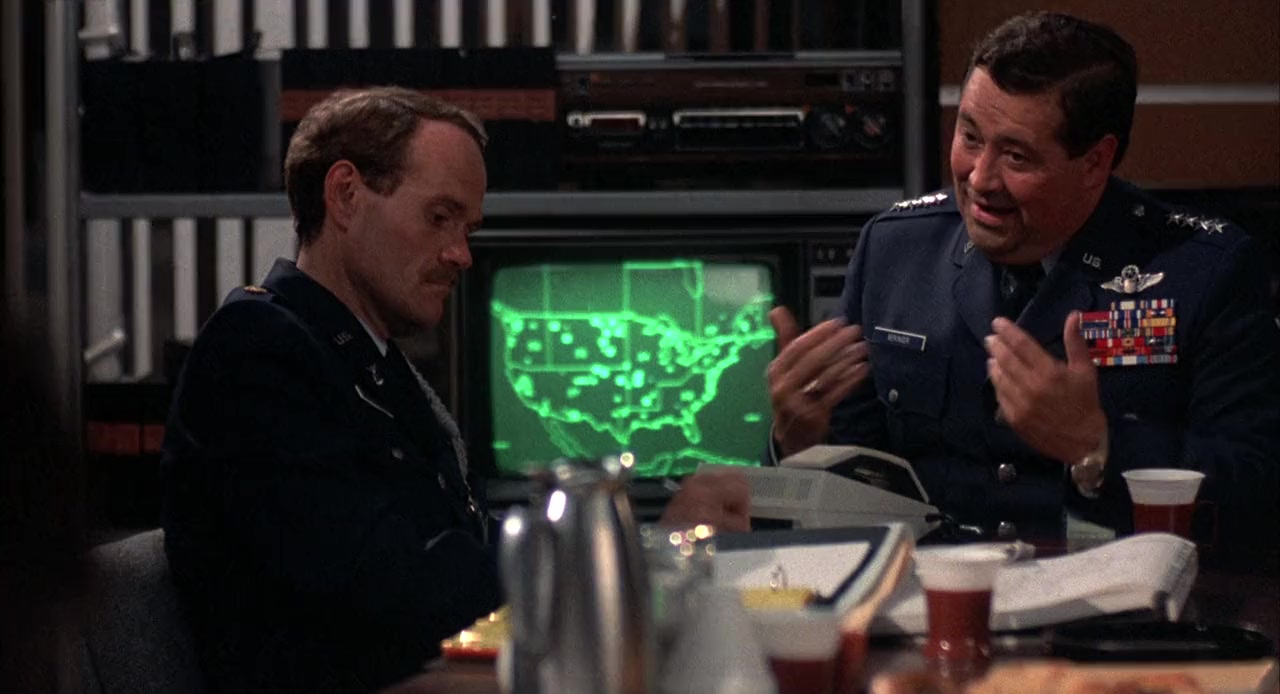
It’s a little known fact, but Midnight Run (1988) director Martin Brest was originally at the helm of WarGames, but had a very different vision of the film than what we know today.
[rtk_adunit_top]
In the early 80s, as hard as it might be to believe nowadays, Brest was a hugely sought after director. After his university film, starring Danny DeVito and Rhea Perlman in a debut role, was received to acclaim, Brest was hired to direct Going in Style (1979), starring George Burns, Art Carney and Lee Strasberg.
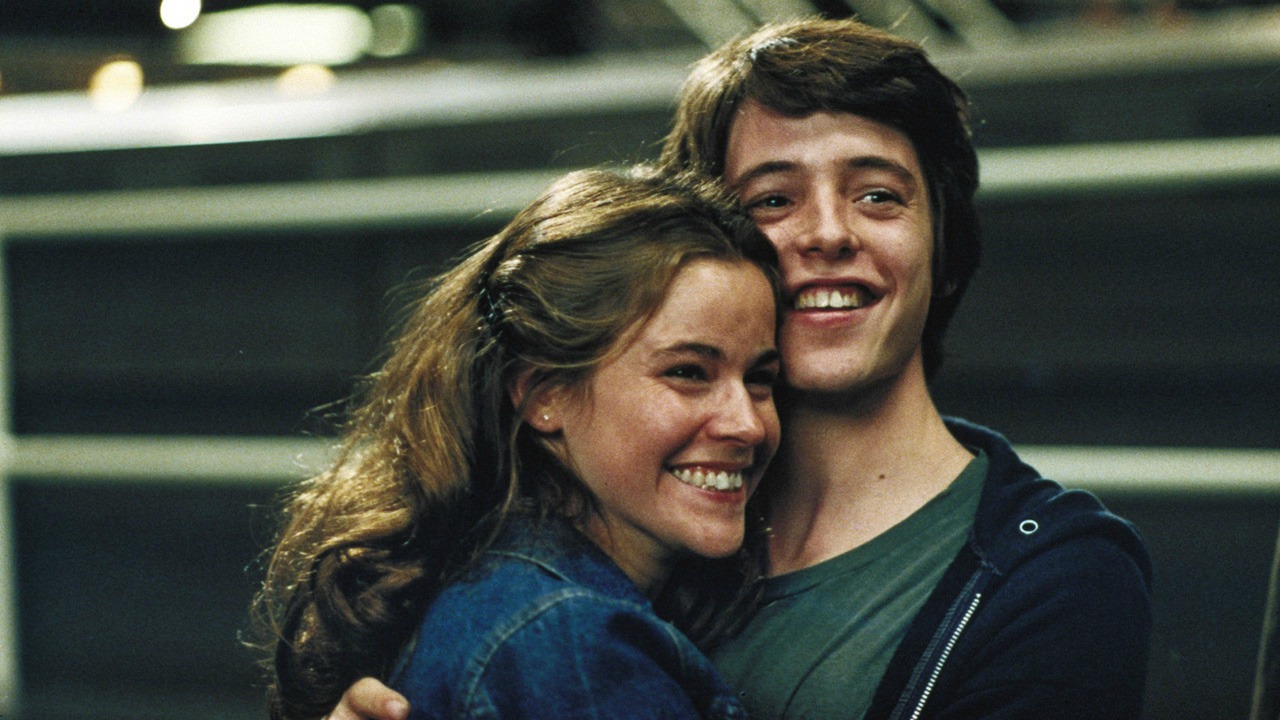
Then came WarGames, the more commercial venture that was to cement Brest as a mainstream director. Unfortunately for Brest, he was fired after only 12 days.
[rtk_adunit_middle]
Details are scarce as to exactly why Brest was fired, but he had a difficult relationship with producers, and John Badham noted the grim atmosphere on set when he arrived.

Brest would go on to direct Beverly Hills Cop (1984), the Eddie Murphy-led smash hit. Later, in 2003, he directed Gigli (2003), often regarded as one of the worst films ever made. Brest has made no further films.
[rtk_adunit_bottom]
8. John Badham radically changed the mood on set

John Badham was best known for Saturday Night Fever (1977), the film that really launched John Travolta’s career – so when Martin Brest was removed from WarGames, Badham became the clear choice to replace the more severe Brest.
[rtk_adunit_top]
On arriving, Badham discovered a production in disarray, and with incredibly low morale. Brest had insisted on “a somewhat dark approach to the story and the way it was shot,” Badham recalls in a 2008 interview. “It was like [Broderick and Sheedy] were doing some Nazi undercover thing.”

On being shown to what used to be Brest’s office, Badham found a sign affixed to the door that read: ‘Do Not Enter Without Knocking’. He took it down, and replaced it with ‘Come On In Any Time!’ instead.
[rtk_adunit_middle]
When shooting for the first time, however, Badham discovered Broderick and Sheedy hugely demoralised from Brest’s direction. Badham deliberately did upwards of 12 takes in order to loosen them up a little.

At one point, Badham even challenged the two young leads to a race around the set, with the loser having to sing a song to the crew. “They both were 20 years younger than me,” said Badham in the same interview, “so you can guess who lost that one!”
[rtk_adunit_bottom]
7. There was a direct-to-TV sequel

2008, being the 25th anniversary of the film’s release, really was the year for WarGames fans. There were new interviews with the writers, director, and cast, and fans were lucky enough to even get a sequel! Well, sort of.
[rtk_adunit_top]
WarGames: The Dead Code, was released straight to television at the end of July, and sees 90210 star Matt Lanter play the Broderick stand-in Will Farmer, who spends his time gambling on web games based on terrorist incidents.

You’ll be shocked to learn that these websites are actually a government sting operation conducted by an artificial intelligence called RIPLEY.
[rtk_adunit_middle]
Farmer and his friends therefore find WOPR, reactivate it, and then the two inanimate techno-cubes battle it out for the fate of humanity, and boy is it exciting.

The film was incredibly poorly received, earning a rating of 25% on Rotten Tomatoes, and if you forget about it as soon as you finish reading this article, you’ll frankly be better for it.
[rtk_adunit_bottom]
6. Ronald Reagan was a fan of the film
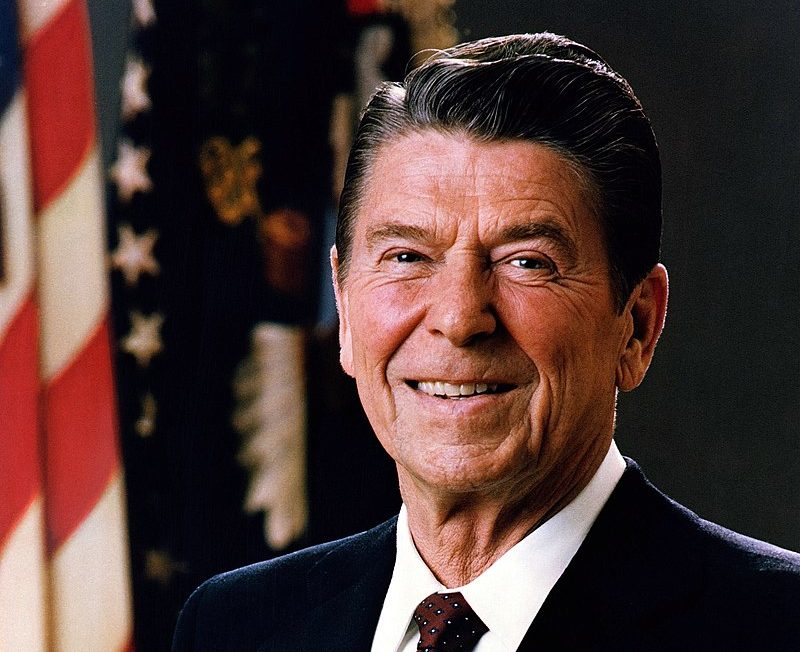
Ronald Reagan, the former governor of California and two-term US President, famously got his start as a B-list Western actor, but his enjoyment of movies didn’t stop once he reached the White House. In fact, in the case of WarGames at least, they were the cornerstone of his policy decisions.
[rtk_adunit_top]
According to a 2016 New York Times exposé, WarGames influenced the Gipper a little more than you might be comfortable with, considering he was the most powerful individual in the world. He even had a special screening of WarGames at Camp David on opening weekend.
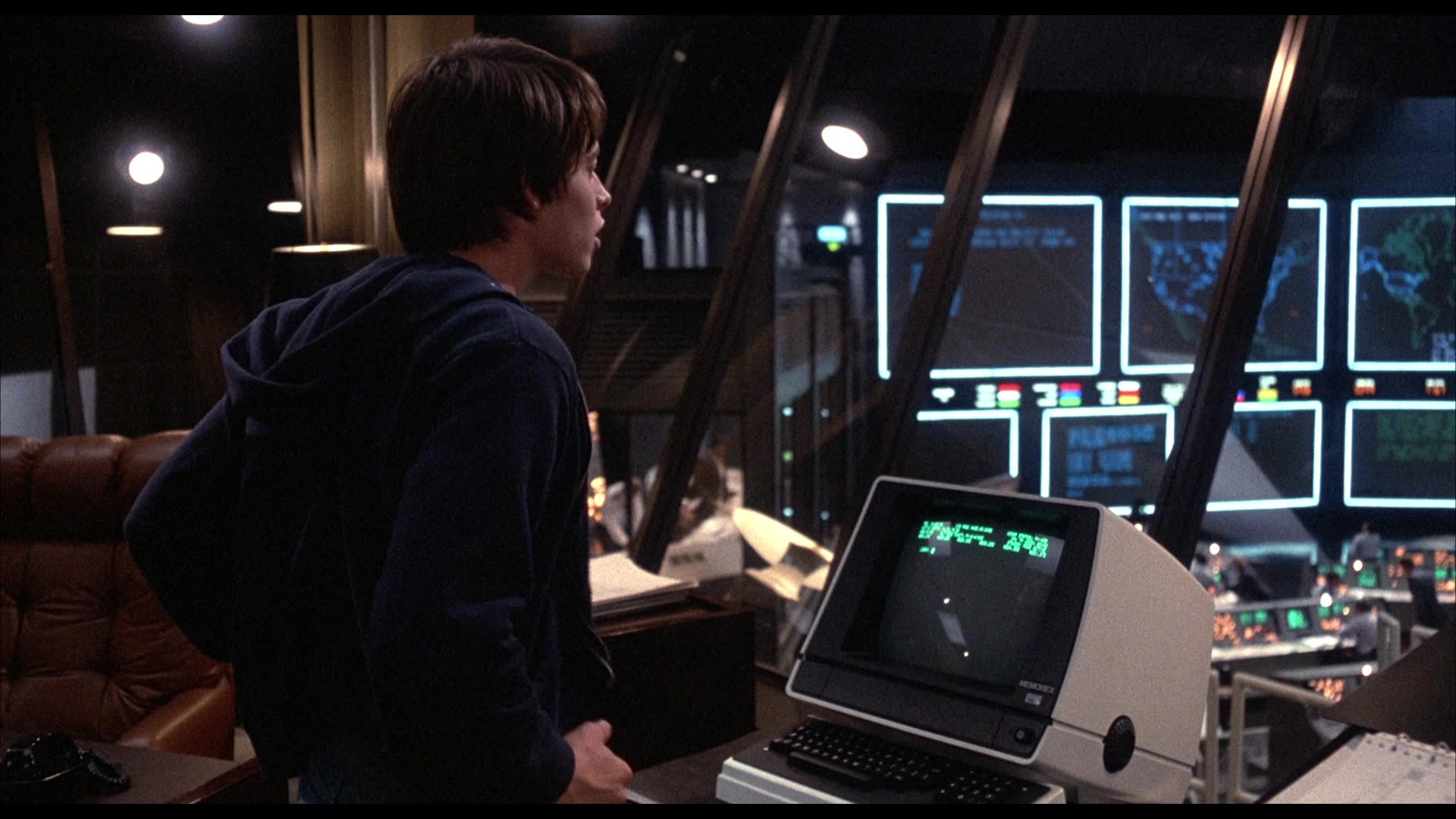
“Reagan met with his national-security advisers and 16 members of Congress to discuss forthcoming nuclear arms talks with the Russians,” reads the article. “But he still seemed focused on the movie. At one point, he put down his index cards and asked if anyone else had seen it. No one had, so he described the plot in detail.”
[rtk_adunit_middle]
But when Reagan asked his advisors if the events of WarGames could really happen, they said yes. And so the President became obsessed.
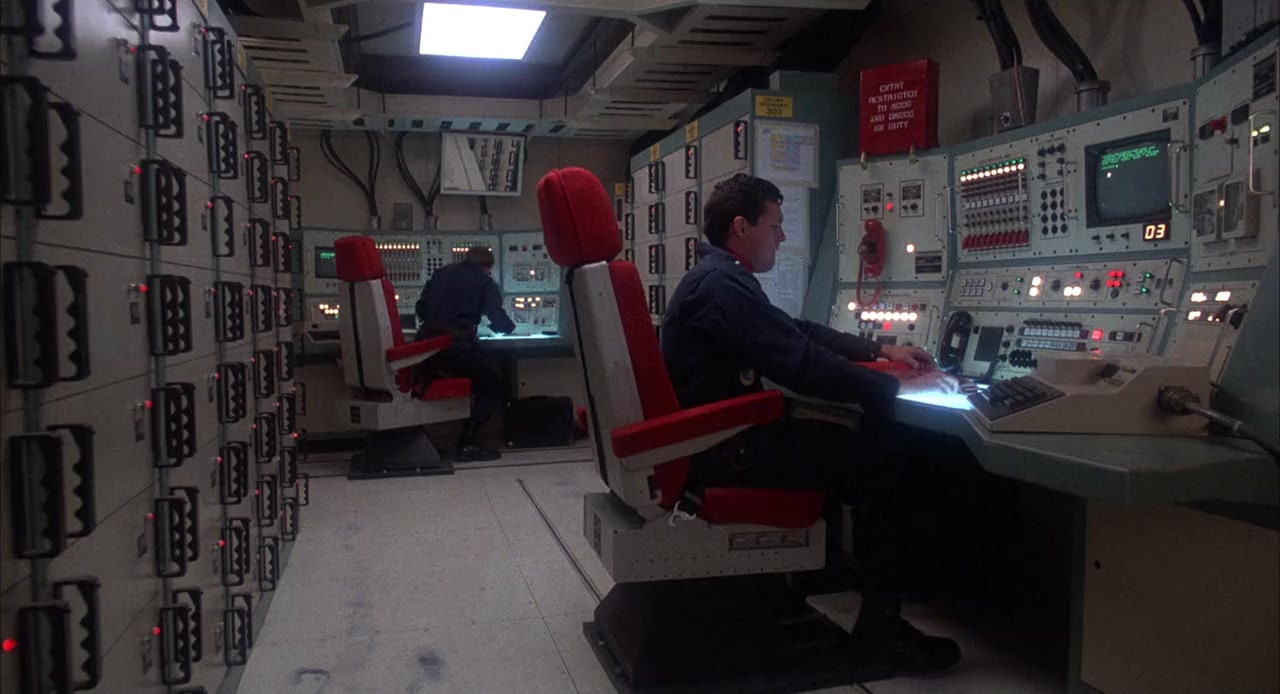
Reagan eventually signed NSDD-145 as a result of this encounter, a directive aimed at establishing radical cybersecurity measures, particularly as a bulwark against the USSR and China.
[rtk_adunit_bottom]
5. Falken’s computer was used in other classic films
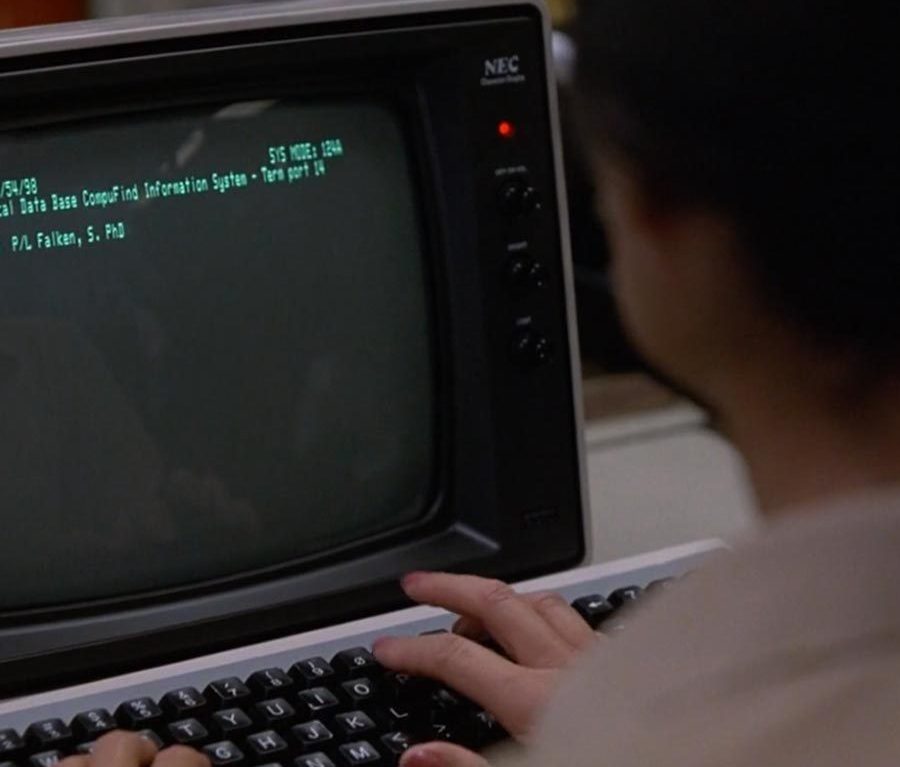
Is it a game? Is it real? It’s one of the most iconic moments of the film, and one that was used as a tagline for the film. “What’s the difference?” says WOPR. But it turns out that the ‘fake’ movie props were actually far more real than you could imagine.
[rtk_adunit_top]
When Falken shows David and Jennifer the development of WOPR, he points to a black and white film. And the computer depicted in this film has an intriguing story behind it, from actual military use through to Hollywood stardom.
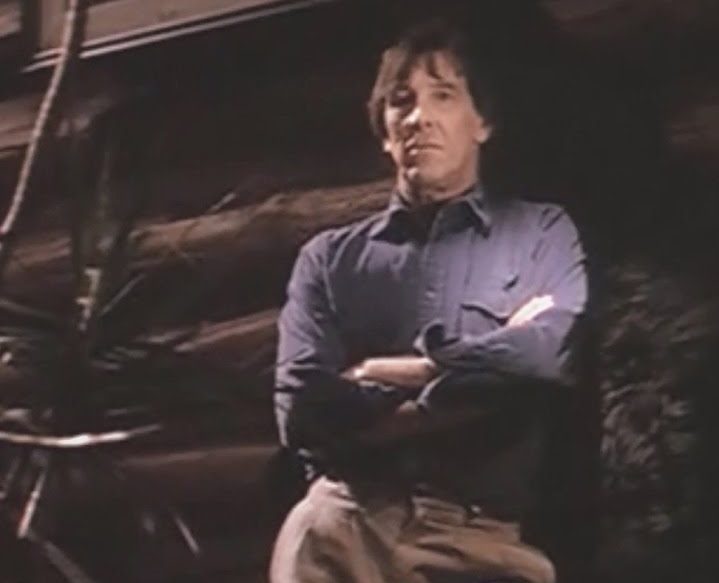
The futuristic-looking computer is made from the components of an IBM AN/FSQ-7 CDC, one of the earliest computer programmed for defence against a bomber attack from the Soviet Union.
[rtk_adunit_middle]
This computer was the heaviest ever built, and weighed approximately 6000 tonnes, taking up an entire room. Once it became outdated, the computer was broken up and sold for scrap, many of its parts being bought up by production companies who were seeking both an authentic and futuristic-looking device.

The components used in WarGames were also used in The Time Tunnel (1966) and The Towering Inferno (1974), making them some of Hollywood’s most successful electronics!
[rtk_adunit_bottom]
4. Matthew Broderick’s dad died during filming
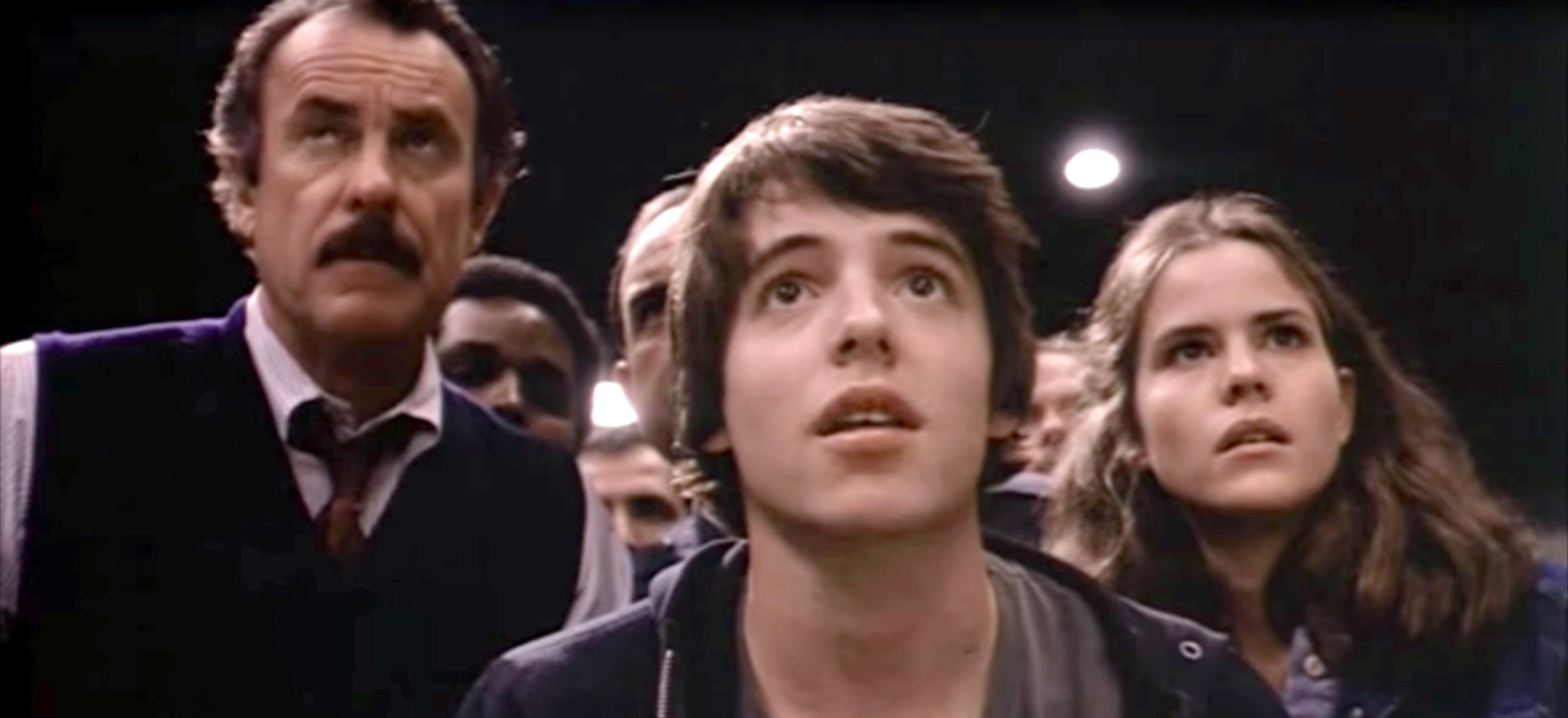
Matthew Broderick was meant to be a teenage everyman, a goofy figure in WarGames and Ferris Bueller’s Day Off who nonetheless eventually gets the girl. In actual fact, the young star came from a fairly gilded acting background.
[rtk_adunit_top]
Matthew is the son of James Broderick, best known for his role as Doug Lawrence on the sitcom Family, which aired on ABC from 1976 to 1980. Broderick Sr was keen to invest in his son’s talent, and scored Matthew a place at the Neighbourhood Playhouse, New York City, which put him on the path to stardom.
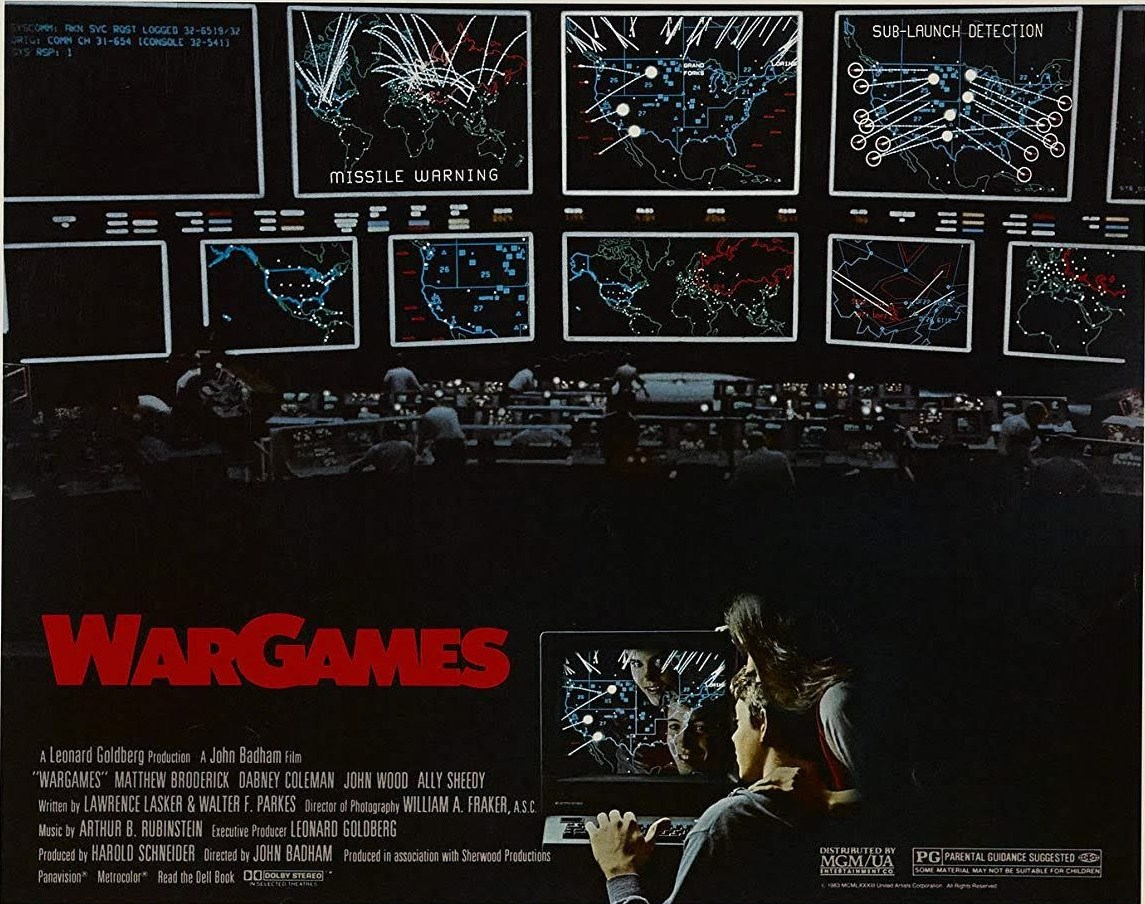
Sadly, James Broderick died on November 1st, 1982, aged only 55. At that time, WarGames was only a few days from wrapping.
[rtk_adunit_middle]
Matthew Broderick has given much credit for his career to his father, as outlined in a Washington Post interview in 1983, though it wasn’t always plain sailing: “He took the part [in a play], thinking I was going to get cast, too … What he wanted was for me to come on the set for this scene between a businessman and a kid, and there he would be. But I didn’t get the part. He was infuriated.”

“I can talk about it now, but when I was younger, 16 or so, I was always afraid he’d get sick and die,” Broderick continues. “It was the one thing I thought I couldn’t take. If it had happened any earlier than it did, I wouldn’t have gotten through it.”
[rtk_adunit_bottom]
3. The film was a huge influence on Ready Player One

Whether or not it’s an honour is up for debate, but WarGames is considered such a classic that it became part of the hugely referential novel Ready Player One, written by Ernest Cline.
[rtk_adunit_top]
It’s not a subtle mention either, with an entire sequence being dedicated to the main character, Wade Watts, reciting all of David Lightman’s lines from the film, and acting exactly as he does, to pass a trial on the path to finding the ultimate Easter egg.

While it’s a significant part of the book, however, WarGames didn’t make the cut for the 2018 film. According to Cline, this was for two reasons.
[rtk_adunit_middle]
“War Games also was unavailable [for purchasing the rights],” said Cline. “And also War Games was something that worked on the page, but also was more of a dialogue-driven movie and not necessarily a visually stunning movie.”
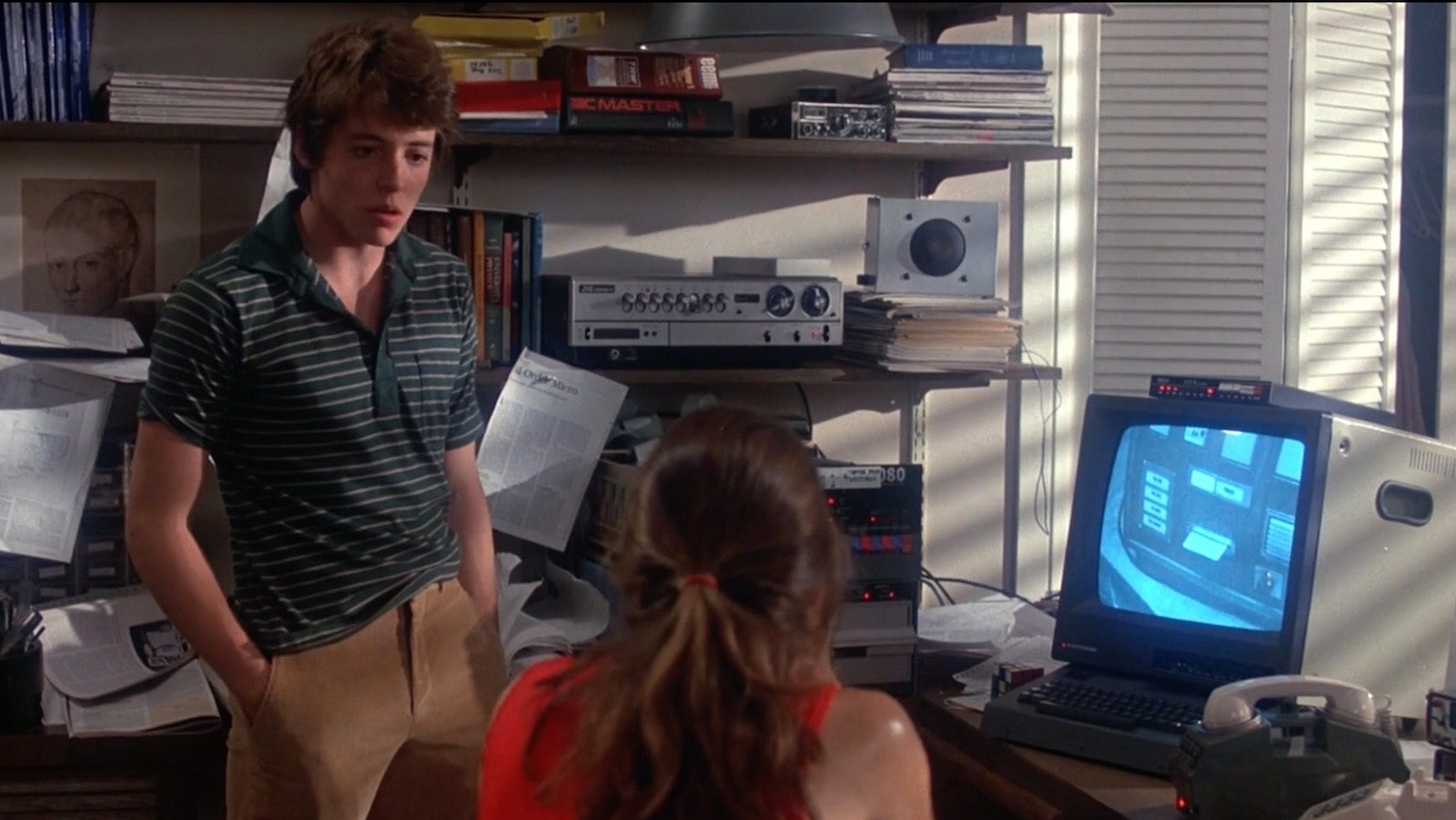
With or without WarGames, Ready Player One grossed more than half a billion dollars at the box office, and the Spielberg-directed flick earned an Academy Award nomination for visual effects.
[rtk_adunit_bottom]
2. The film had an interactive spin-off series in 2018

Part of the reason why Ready Player One may have struggled to acquire the rights to WarGames is because there was already an interactive media project using the IP in 2018: #WarGames.
[rtk_adunit_top]
The project takes the form of ‘links’ to video feeds of hackers trying to create societal change, with the player being able to choose which feed they focus on at any given time.

The creative director for the project was Sam Barlow, known for his work on the interactive film video game Her Story (2015), in which you play a detective reviewing reams of footage and trying to piece together events that led to a man’s death.
[rtk_adunit_middle]
While the ending of the #WarGames story does not change, whichever feed(s) you watch, the system ingeniously tracks which feeds – and, in particular, which aspects of which feeds – the player is watching, and alters the presentation of the narrative accordingly.

The series is six episodes long, and is available on online gaming and streaming websites such as Steam and Vudu.
[rtk_adunit_bottom]
1. There was a person inside WOPR operating it at all times

Alongside the HAL 9000, WOPR might be one of the most famous movie computers of all time. But far from being a technological marvel itself, WOPR was actually operated by a crew member at all times.
[rtk_adunit_top]
The look of the computer was designed by Geoffrey Kirkland, and was inspired by metal furniture used by the US military in the 40s and 50s.
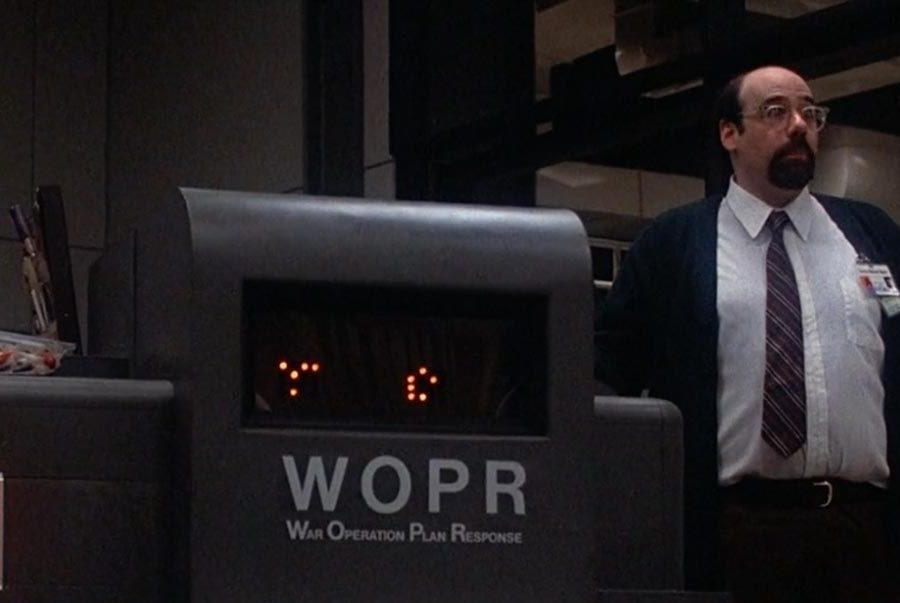
Kirkland had worked on Bugsy Malone (1976), and would go on to work as a production designer for Alfonso Cuarón’s Children of Men (2006).
[rtk_adunit_middle]
WOPR was actually operated by a crew member who would sit inside the computer and type commands into an Apple II, depending on what John Badham wanted.
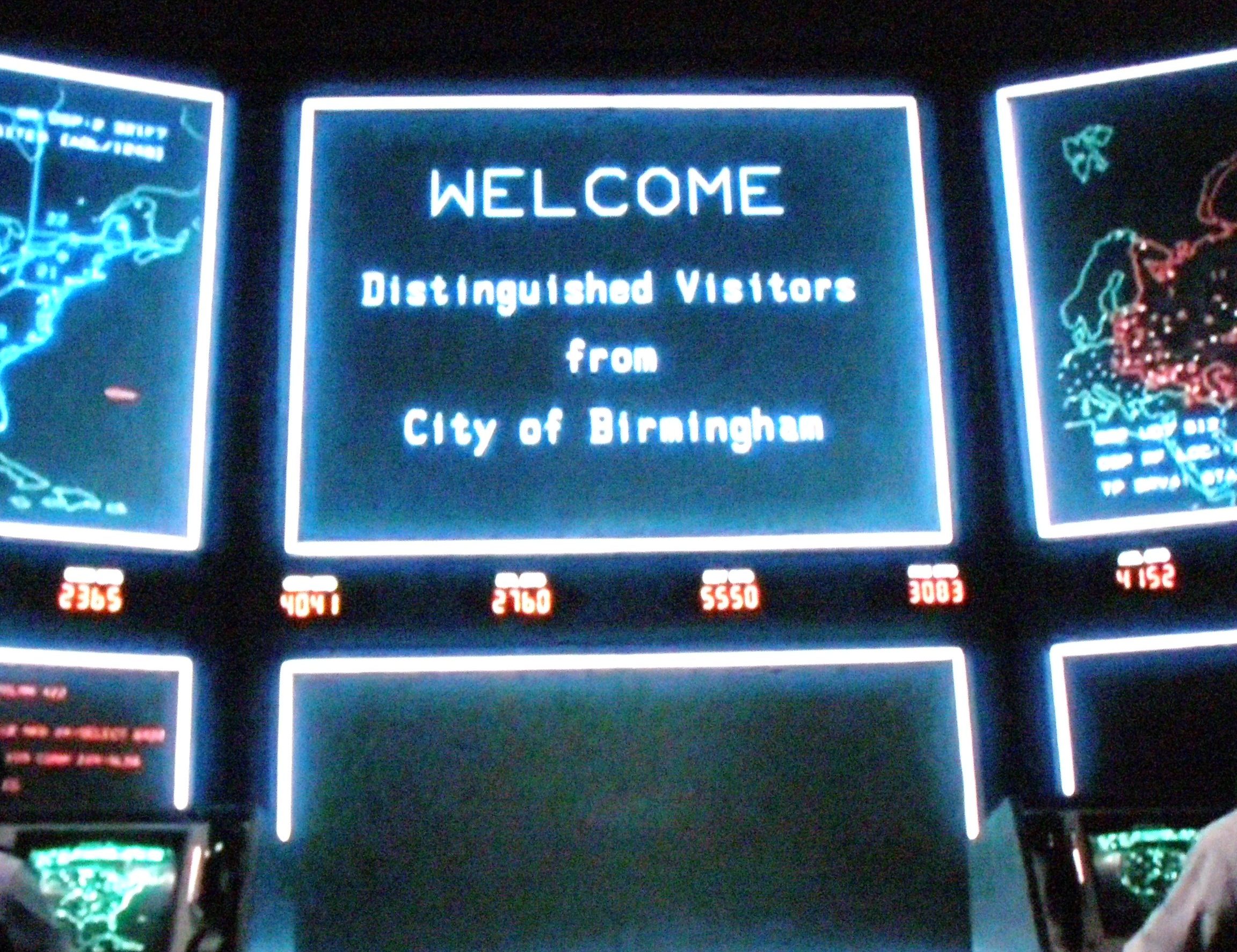
Sadly, once filming for WarGames was completed, the computer was disassembled and sold for scrap. Then again, where would you keep it?
[rtk_adunit_end]

